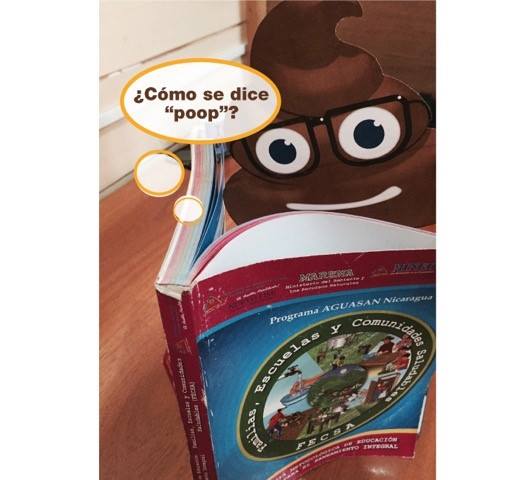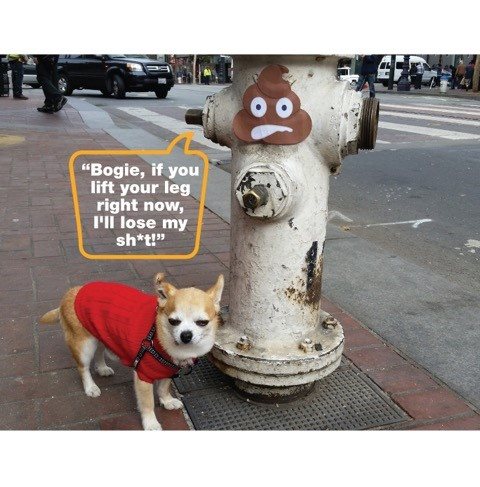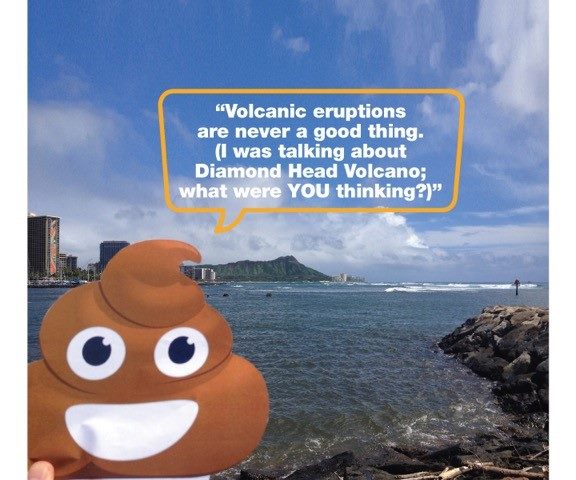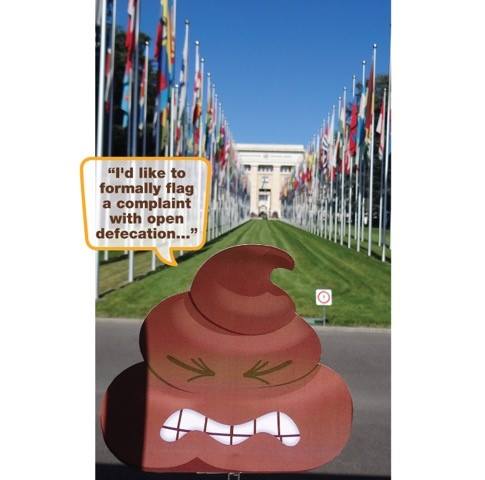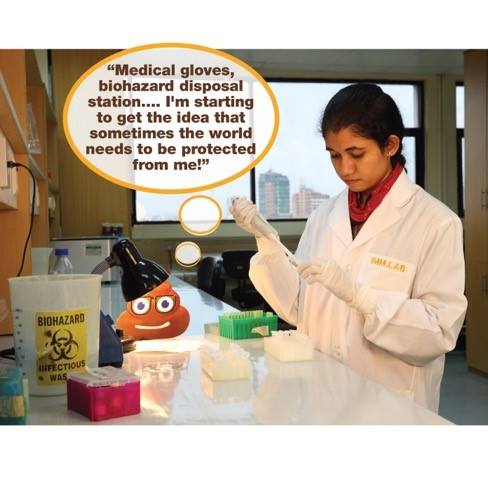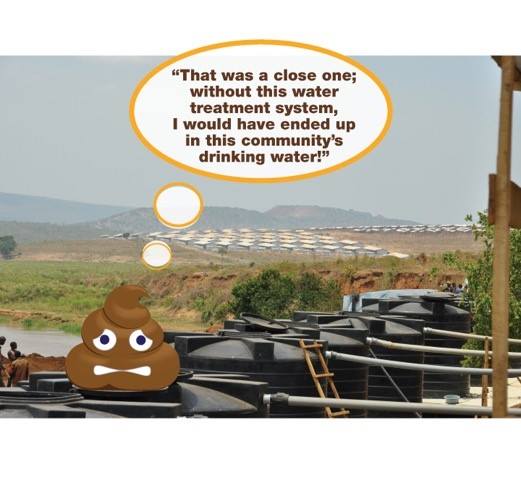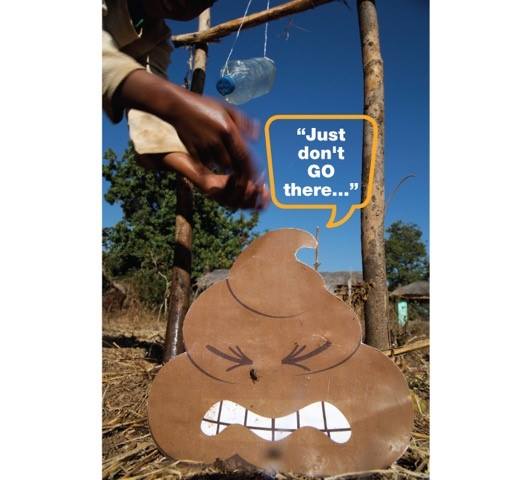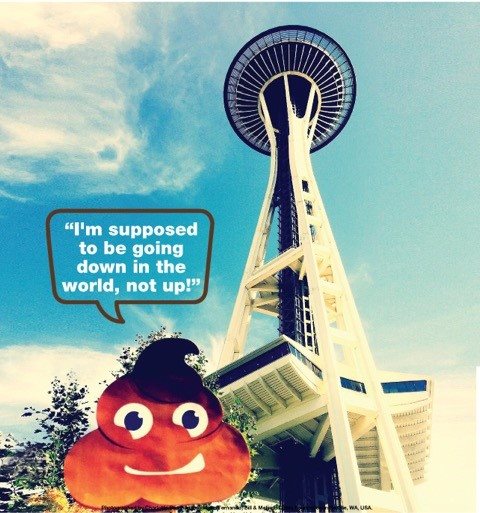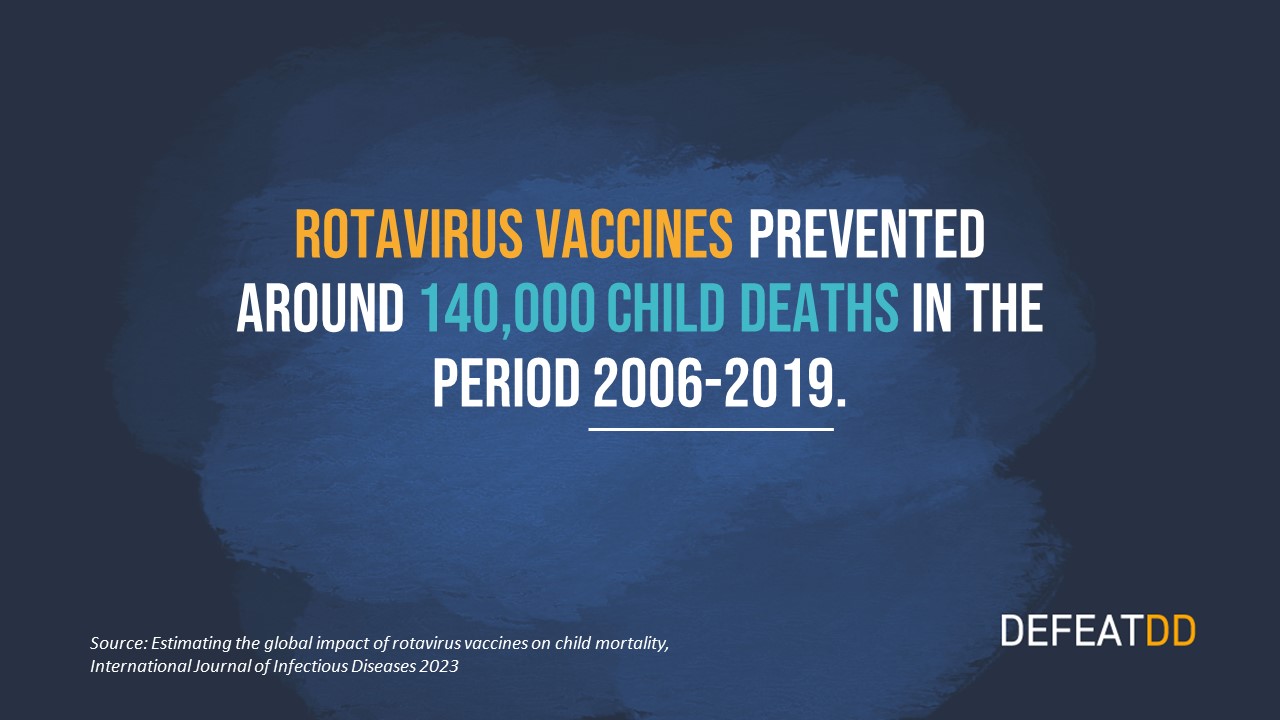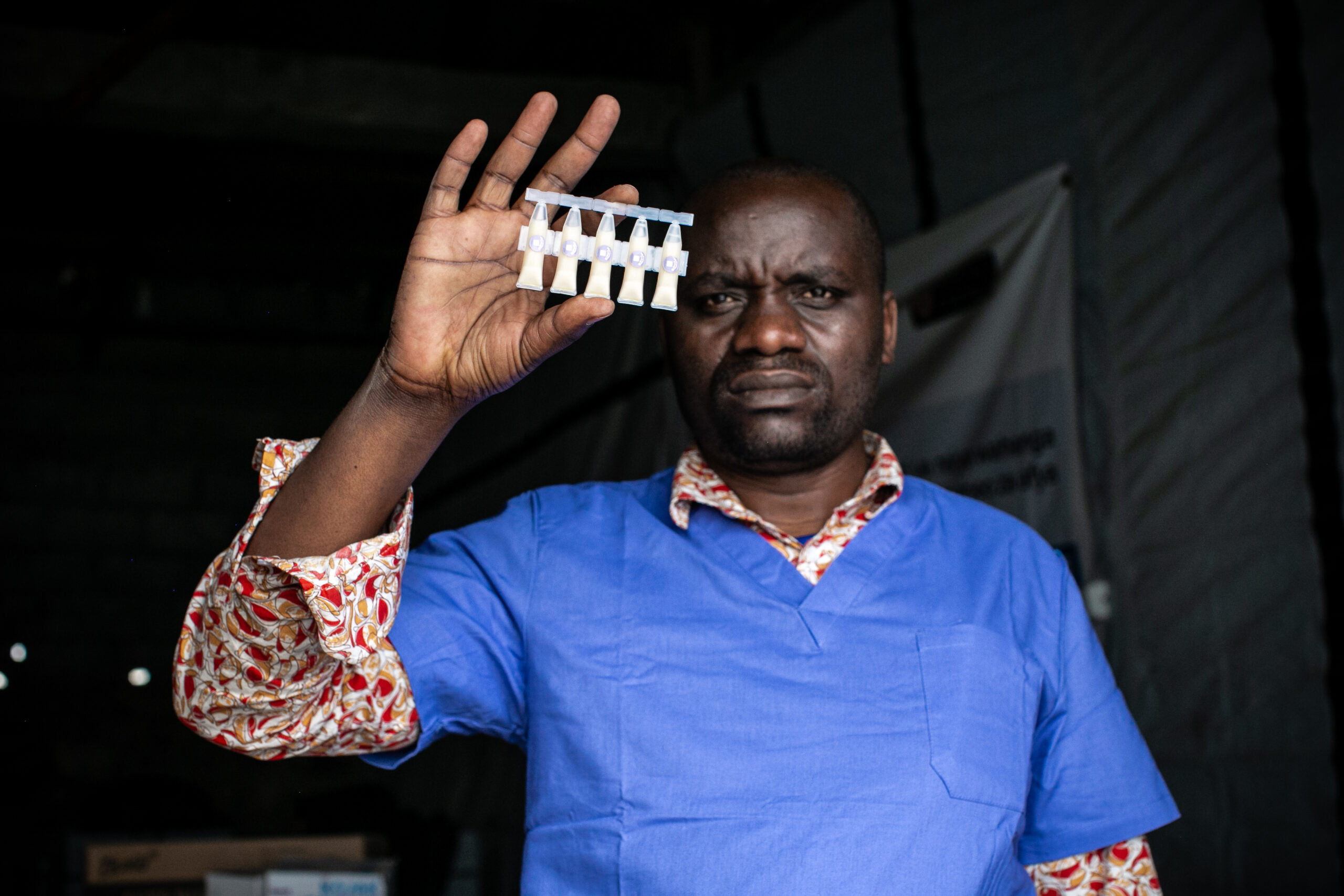Traveling Poo's Global Adventures

Few challenges facing the global community today match the scale of malnutrition, a condition that directly affects one in three people. Malnutrition manifests itself in many different ways: as poor child growth and development; as individuals who are skin and bone or prone to infection; as those who are carrying too much weight or whose blood contains too much sugar, salt, fat, or cholesterol; or those who are deficient in important vitamins or minerals. Malnutrition and diet are by far the biggest risk factors for the global burden of disease: every country is facing a serious public health challenge from malnutrition.
The Global Nutrition Report is the only independent and comprehensive annual review of the state of the world’s nutrition. It is a multipartner initiative that holds a mirror up to our successes and failures at meeting intergovernmental nutrition targets. It documents progress on commitments made on the global stage, and it recommends actions to accelerate that progress. The Global Nutrition Report aims to be a beacon, providing examples of change and identifying opportunities for action. This year’s report focuses on the theme of making—and measuring— SMART commitments to nutrition and identifying what it will take to end malnutrition in all its forms by 2030.
Read the full report here.
Abstraction not your style? Here are the facts: Diarrhea is the second-leading killer disease of children under five years old worldwide. But we can defeat diarrhea – and its long-term consequences for child growth and development. Explore Traveling Poo’s interactive photo map at http://www.defeatdd.org/traveling-poo. Photographed by Erika Amaya, PATH. Captioned by Becky Castle, Development Vision. This photo is part of a campaign to raise awareness about the burden of diarrheal disease and the solutions to defeat it.
2006 marked the first time a new vaccine was introduced in developed and developing countries simultaneously, overcoming the typical 10 to 15 year lag. Nicaragua integrated the new rotavirus vaccine with scale-up of other diarrhea interventions, like oral rehydration solution (ORS) and zinc, dramatically reducing hospitalizations. Explore Traveling Poo’s interactive photo map at http://www.defeatdd.org/traveling-poo. Photographed by Joelle Azoulay, WaterAid Nicaragua, in Bilwi, in the autonomous region of the Caribbean Coast of Nicaragua. Captioned by Robyn Fischer, WaterAid America. This photo is part of a campaign to raise awareness about the burden of diarrheal disease and the solutions to defeat it.
Bogie the Chihuahua and his family reside in San Francisco, California, where there is total access to sanitation (for humans, that is). But in many parts of the world, open defecation is the only option. 2.4 billion people have no sanitation facilities or latrines, and open defecation remains a major contributor to the fatal spread of diarrheal disease. Explore Traveling Poo’s interactive photo map at http://www.defeatdd.org/traveling-poo. Photographed by Erika Amaya, PATH. Captioned by Lauren Newhouse, PATH. This photo is part of a campaign to raise awareness about the burden of diarrheal disease and the solutions to defeat it.
Diarrheal disease impacts a child and his/her family well beyond the initial illness. Repeated episodes of diarrhea can worsen malnutrition and its consequences, leading to stunting and cognitive impairment. Diarrheal illness can also result in missed school days, and for parents, missed income from time off work to care for their sick child. In this way, diarrheal disease can push families into poverty.Explore Traveling Poo’s interactive photo map at http://www.defeatdd.org/traveling-poo. Photographed by Deborah Kidd, PATH. Captioned by Allison Clifford, PATH.This photo is part of a campaign to raise awareness about the burden of diarrheal disease and the solutions to defeat it.
The blue that blankets beautiful planet Earth is its defining feature from billions of miles away and, often, the defining feature of our daily lives. Women and girls can spend several hours every day collecting water that may not even be safe to drink. Access to safe drinking water results in healthier families while removing an obstacle to gender equality. Explore Traveling Poo’s interactive photo map at http://www.defeatdd.org/traveling-poo. Photographed by Manny Lewis, PATH. Captioned by Hope Randall, PATH.This photo is part of a campaign to raise awareness about the burden of diarrheal disease and the solutions to defeat it.
In the late nineteenth century, New York City passed regulations for equitable access to water and sanitation, thanks to the advocacy of citizens concerned about public health. Similar advocacy for strong political commitment is all the more urgent in other cities around the globe as urban populations continue to expand.Explore Traveling Poo’s interactive photo map at http://www.defeatdd.org/traveling-poo. Photographed by Marissa Chmiola/PATH. Captioned by Allison Clifford/PATH.This photo is part of a campaign to raise awareness about the burden of diarrheal disease and the solutions to defeat it.
Universal access to clean water and sanitation is Goal 6 of 17 Sustainable Development Goals (SDGs) endorsed by the United Nations to end extreme poverty, fight inequality and injustice, and fix climate change by 2030. Ending open defecation would dramatically reduce rates of diarrheal disease, increase school attendance, and help families lift themselves out of poverty. Explore Traveling Poo’s interactive photo map at http://www.defeatdd.org/traveling-poo. Photographed by Orianne Berraud, PATH. Captioned by Erin Hohlfleder, ONE Campaign.This photo is part of a campaign to raise awareness about the burden of diarrheal disease and the solutions to defeat it.
We have the solutions to defeat diarrhea, but improving existing tools and developing new innovations can help the global community save more lives better and faster. PATH’s Innovations Countdown 2030 report listed new safe water technologies and new treatments for diarrhea among the thirty innovations that hold the most game-changing potential for the global health landscape over the next fifteen years.Explore Traveling Poo’s interactive photo map at http://www.defeatdd.org/traveling-poo. Photographed by Yana Barankin, icddr,b. Captioned by Deborah Kidd, PATH.This photo is part of a campaign to raise awareness about the burden of diarrheal disease and the solutions to defeat it.
The importance of water and sanitation is intensified in crisis situations, when crowding heightens the threats of infectious disease outbreaks like cholera and limited medical care. Mahama Refugee Camp, pictured above, houses 40,000 refugees from Burundi. Water is pumped from the river, treated, and piped to water access points in the camp.Explore Traveling Poo’s interactive photo map at http://www.defeatdd.org/traveling-poo. Photographed by Jesse Schubert, PATH. Captioned by Hope Randall, PATH.This photo is part of a campaign to raise awareness about the burden of diarrheal disease and the solutions to defeat it.
Handwashing with soap could eliminate nearly half of all diarrhea infections. Educating community members about simple measures, like keeping latrines and water sources at a safe distance from one another, can also make a significant impact. Behavior change and supportive health are policies are key to ensuring handwashing and the benefits it can bring.Explore Traveling Poo’s interactive photo map at http://www.defeatdd.org/traveling-poo. Photographed by Ernest Randriarimalala, WaterAid Madagascar. Captioned by Tina Kurfurst, PATH.This photo is part of a campaign to raise awareness about the burden of diarrheal disease and the solutions to defeat it.
The United States Agency for International Development (USAID)’s efforts have resulted in nearly 2.5 million more children surviving since 2008. USAID credits simple, early interventions – like educating mothers about breastfeeding and oral rehydration solution (ORS) – as having significant impact. Remaining challenges to addressing major health problems like diarrheal disease include universal access to prevention and treatment.Explore Traveling Poo’s interactive photo map at http://www.defeatdd.org/traveling-poo. Photographed by Hope Randall/PATH. Captioned by Laura Edison, PATH.This photo is part of a campaign to raise awareness about the burden of diarrheal disease and the solutions to defeat it.
Progress to defeat deadly and debilitating diarrheal disease is impressive, but unfinished. More than half a million children die each year from diarrhea, and those who survive are at risk for stunted growth and cognitive development. Along with sanitation measures, prevention through exclusive breastfeeding, adequate nutrition, and vaccination are key to keeping kids strong, healthy, and protected. Explore Traveling Poo’s interactive photo map at http://www.defeatdd.org/traveling-poo. Photographed by Charlotte Bernhardt and Lara Fernando, Bill & Melinda Gates Foundation. Captioned by Andrea Jenkins, University of Manchester.This photo is part of a campaign to raise awareness about the burden of diarrheal disease and the solutions to defeat it.



